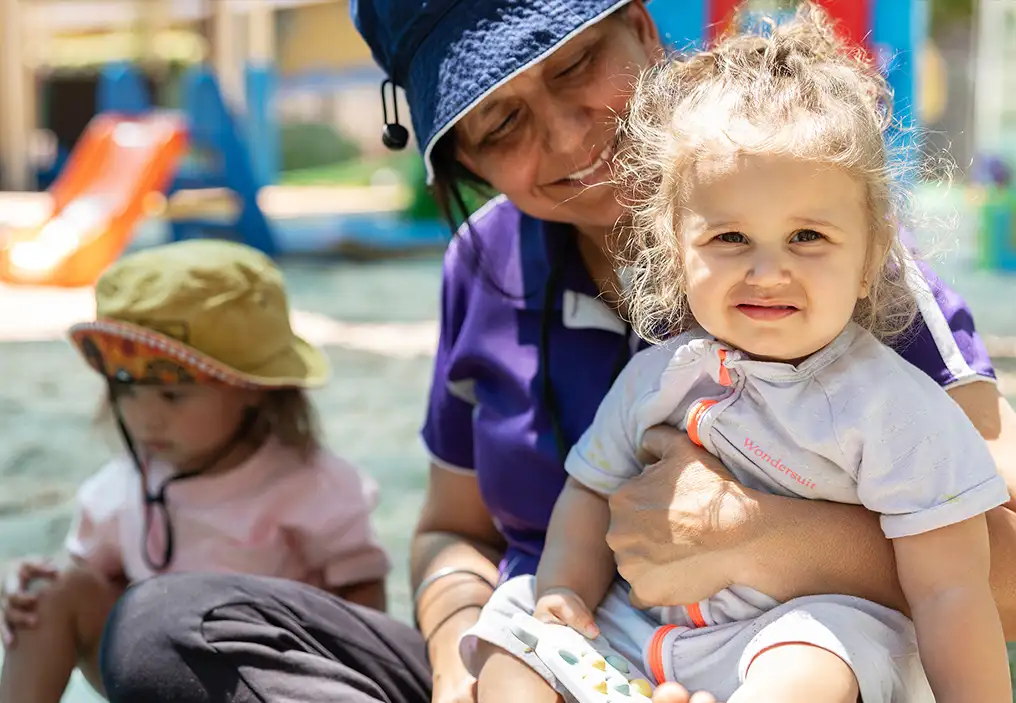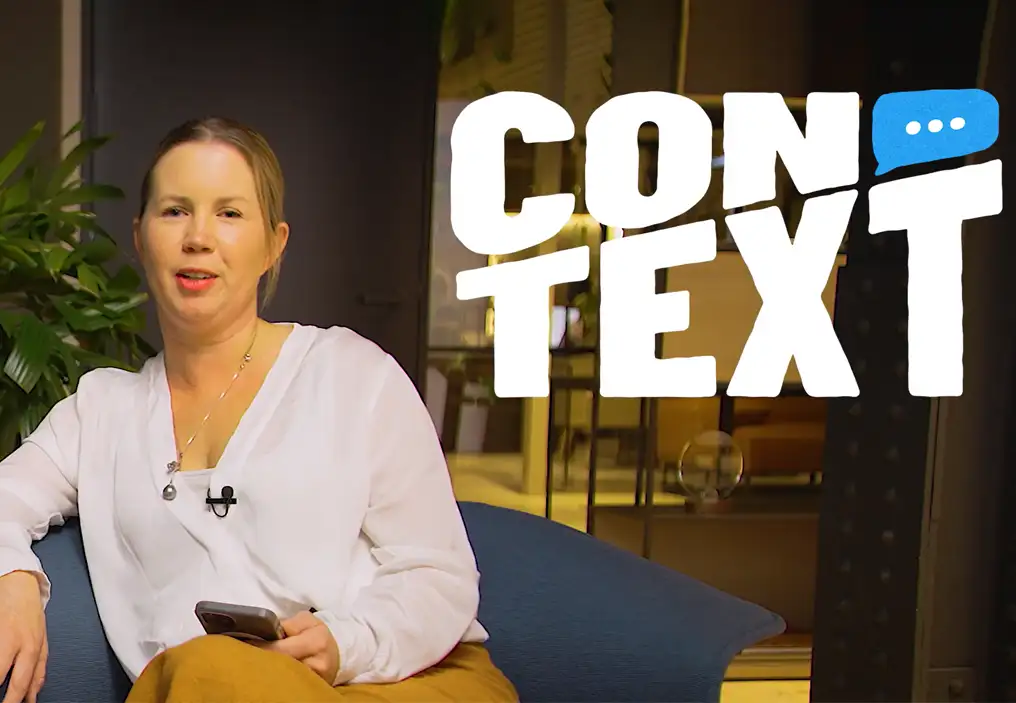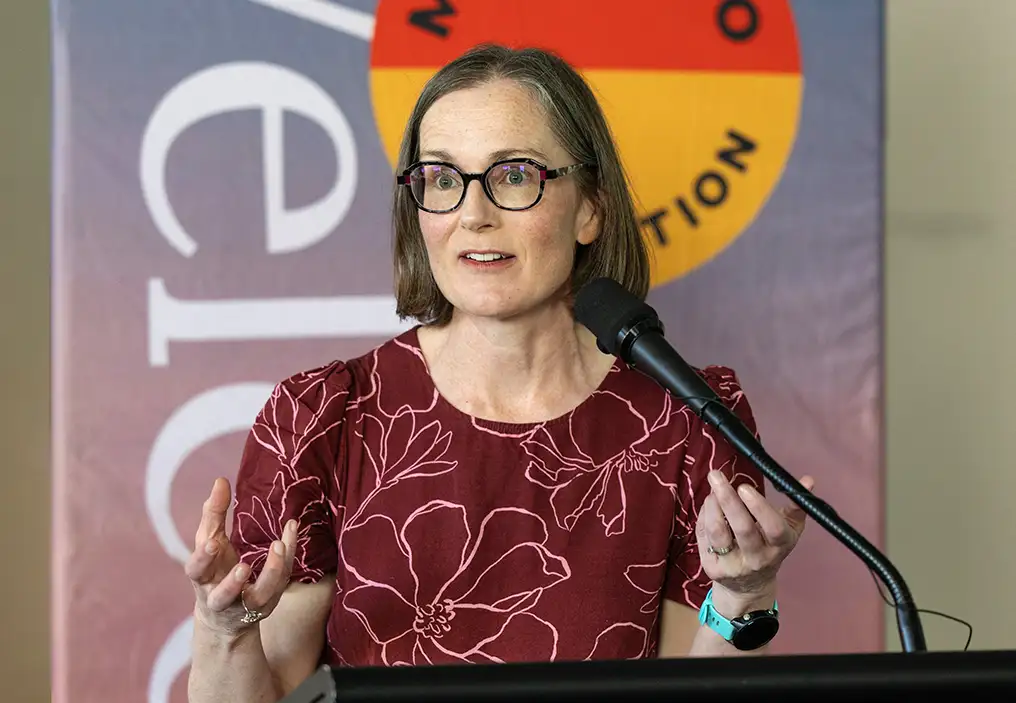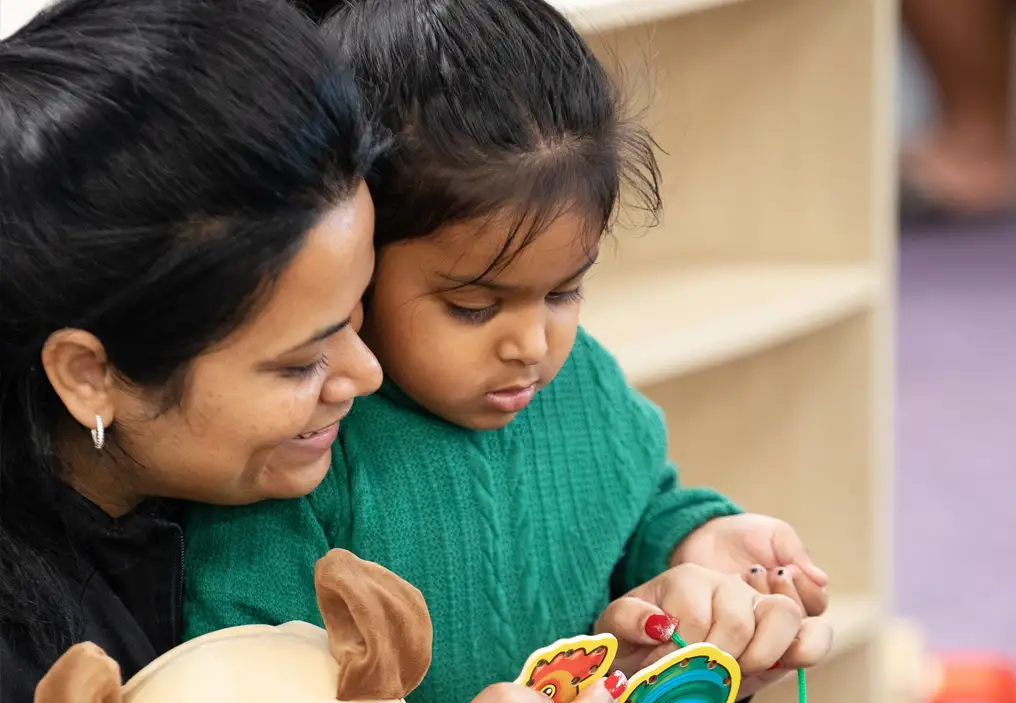Having a baby is one of the most joyous moments in our lives – but raising a child can be a challenging time for parents and families.
by Nicola Forrest AO
In a country as prosperous and benevolent as Australia it is unthinkable that any child should miss any opportunity to thrive – or that families struggle to get the help they need to be safe, healthy and happy.
Yet, we continue to fail tens of thousands of children with social, emotional and developmental challenges – often in families who, despite best intentions, are not equipped to navigate siloed systems to access the help they need, when they need it.
While we need to take responsibility for our own children, for any family it is a fragmented system that creates barriers to children reaching their potential.
Put simply, we don’t act early enough or in a co-ordinated way.
The result? Persistent cycles of disadvantage for children and families – and the lost potential of generations of Australians.
The science is clear: the early years are critical for wellbeing.
Brain development in the first five years lays the foundation for lifelong learning, behaviour and health. Intervening early isn’t just beneficial – it’s transformative – and it is the right of every child.
Despite this knowledge, our systems act – or react – only when problems become crises.
Australia’s conversation around early intervention has been framed almost exclusively in terms of social outcomes: supporting vulnerable children, reducing harm and promoting equity. These are vital goals, however they only tell part of the story.
The Cost of Late Intervention report released today exposes a deeper, often overlooked truth: when we delay action we are not just failing children and families, but squandering a critical economic and productivity opportunity.
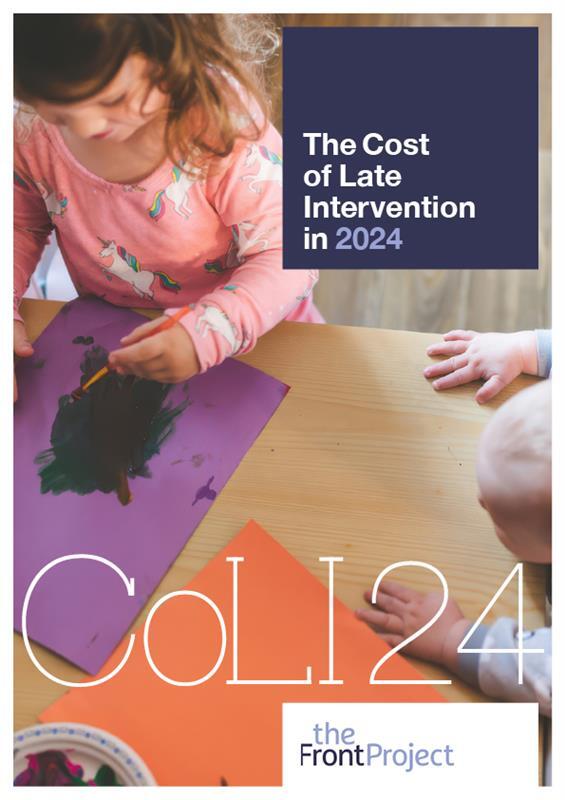
Cost of Late Intervention Report, 2024
The second edition of Minderoo Foundation’s Cost of Late Intervention (COLI) report, compiled by The Front Project, shows late intervention now costs $22.3 billion per year.
By being smarter about what data we collect and analyse, by acting on the evidence that we already have, by providing effective support earlier, there is an opportunity to change young lives, and simultaneously improve our nation’s bottom-line.
The report, compiled by The Front Project and supported by Minderoo Foundation, reveals that failing to identify health and developmental issues in young Australians cost taxpayers $22.3 billion in 2024 – a 47 per cent increase since 2019.
Not only is this neglecting our children, it is also squandering taxpayers’ money addressing the consequences of inaction.
It includes spending on child protection, youth justice, unemployment support and health crises.
These figures are conservative at best. The true cost is unequivocally higher because the headline figure doesn’t include such things as children missing school and families crumbling under the pressures of complex home environments.
Our failure to intervene early perpetuates intergenerational disadvantage. This can only be broken by holistic, systemic, long-term dedicated effort.
The risks to a child start at conception, and we must support families and mothers as they prepare to become parents.
The COLI report offers a compelling economic case for shifting investment upstream toward evidence-informed program and system responses that aim to 'get it right' earlier and give children and families what they need – no matter their postcode.

This will create healthier, more capable and resilient individuals, stronger families, and a more buoyant, skilled future workforce, in turn unlocking productivity.
While there has been some progress in Australia’s early years system and there are flickers of hope, it is clear we are not working smart enough to halt disadvantage. The cost of child protection has risen to $10.2 billion a year – 45 per cent of the total cost of late intervention. Being safe is a basic right of every young person – by the time a child needs protection it is too late. The horse has bolted.
This is not about governments spending more money. It's about spending smarter and more holistically, with better coordination of existing services, using data to ensure no family is left behind and no child falls through the cracks.
This can be as simple as child development checks, a timely autism assessment, ensuring a young child with language delays has access to a speech therapist, better post-partum care for mothers, and maternal nurses working with families who may not yet be equipped to deal with complex child health issues.
There are powerful examples of prioritising early intervention already underway.
The Victorian government’s Early Intervention Investment Framework guides early intervention policy and support programs that help people before problems become serious and costly.
It tests new ideas that could prevent issues such as poor health, family breakdown or homelessness. The programs are evaluated with the potential to expand them if they work well.
Importantly, the money saved by avoiding expensive emergency services is then reinvested into more early support initiatives, a welcome example of a government redirecting effort and spending smarter.
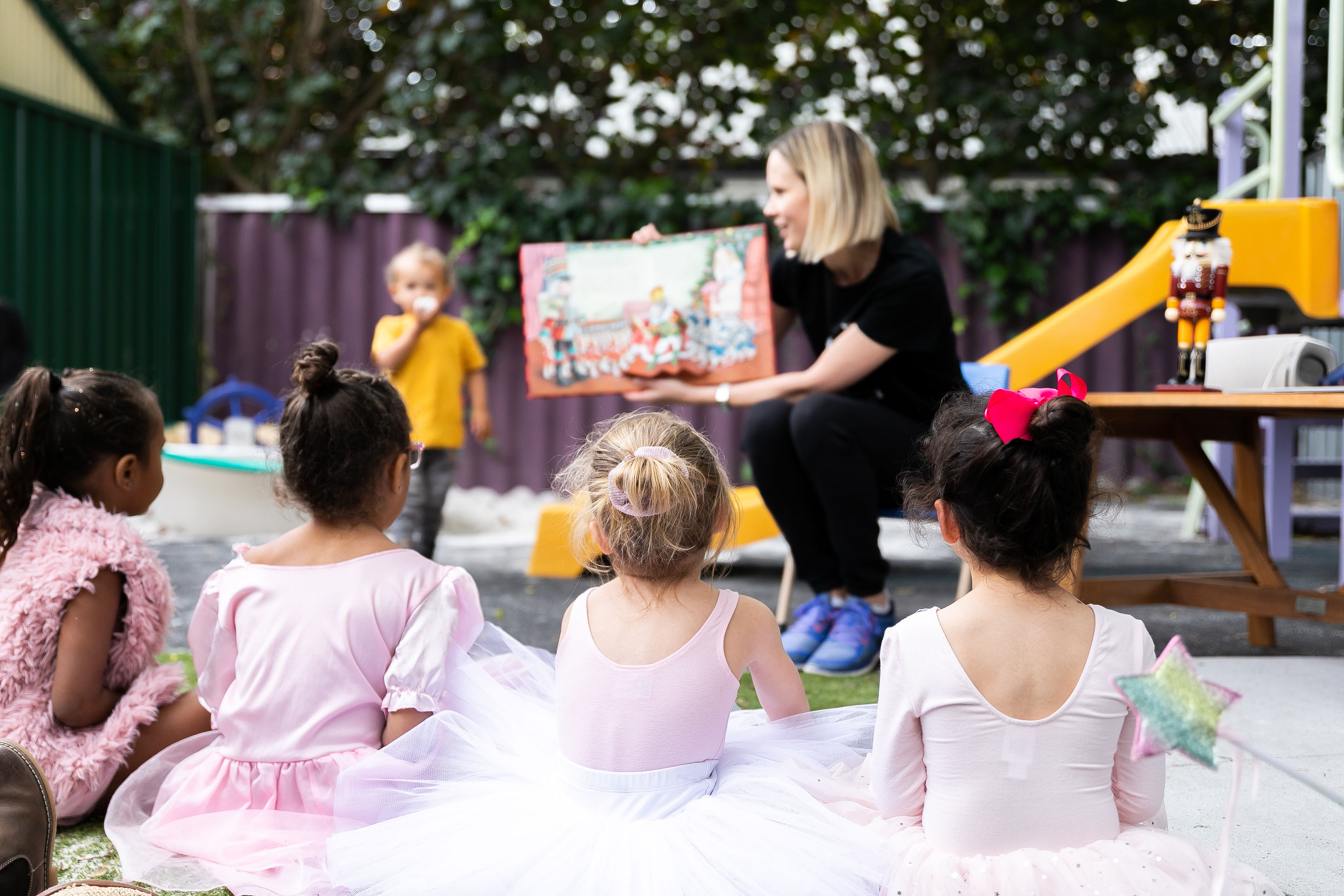
Minderoo Foundation has been funding place-based initiatives that work with vulnerable children and families for several years. The Early Years Partnership – a collaboration between Minderoo and the WA government – empowers communities to identify priorities to improve children’s well-being and school readiness at a local level.
It requires listening deeply to communities, strong coordination of effort among partners, evidence-based assessment and targeted funding, and has demonstrated promising results in the four WA communities in which it operates.
Australia needs an increased focus on coordinated leadership at community, state and national level to tackle these challenges holistically and reframe early intervention as central to our national productivity strategy.
Australia’s future starts in our children’s early years – that is when investment must begin.
It is not just the right thing to do. It is the smartest thing to do – for children, families, communities, and our economy.
We are all responsible for the future of our children. We can – and must – work together to do better.
